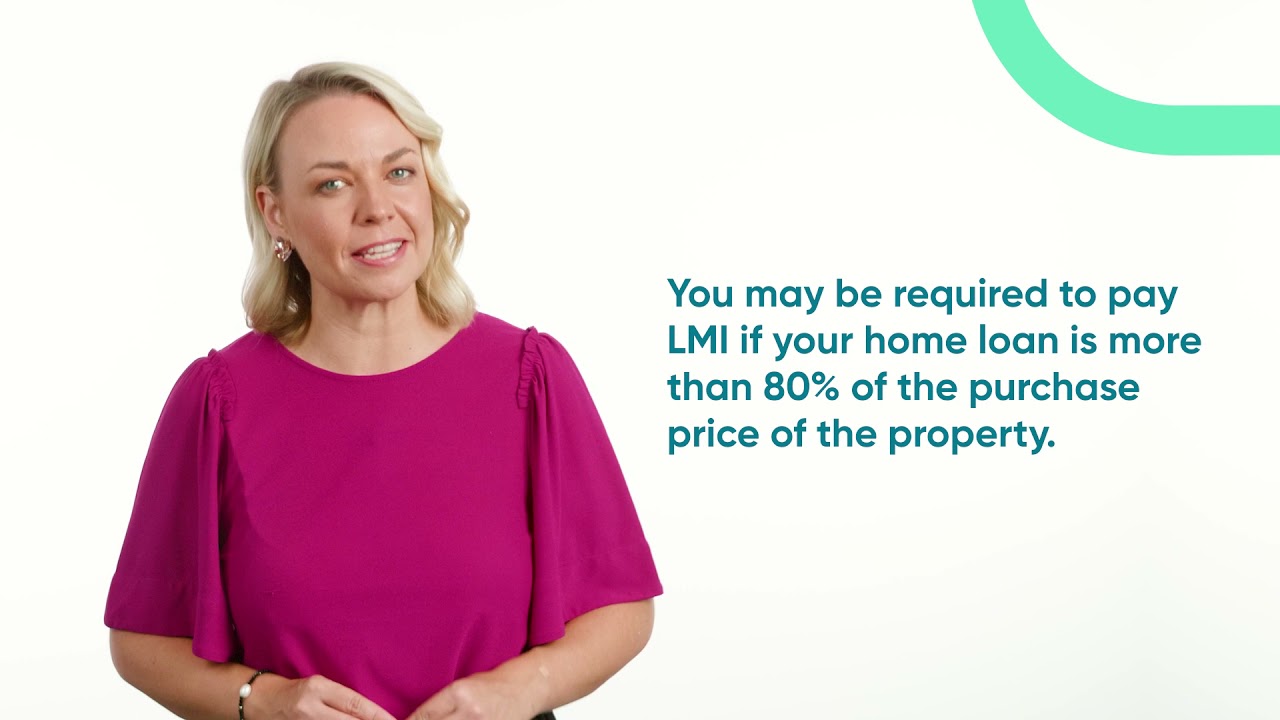In the United States, women were not permitted to apply for a mortgage unless they had a cosigner. That wasn’t until the mid-1970s, when the Equal Pay Act made it legal for women to obtain a mortgage without a man. Prior to this, women had to wait until they were married to be able to apply for a mortgage. In the late 1970s, courts finally ruled that women were allowed to obtain a mortgage without a cosigner.
In the 1970s, women were allowed to get a mortgage but not to own property without a male co-signer. Before that, a woman could only apply for a loan if her parents had a co-signer. That rule changed in 1971 with the case of Reed v. Reed, a man who was denied a mortgage because his father had died. It was this case that changed the landscape for women and made it possible for them to own their own home.
In the late 19th century, women had limited rights, and were not allowed to hold money in their own name. They couldn’t even open a bank account without a male guarantor. However, this didn’t change much. In fact, until 1928, women were not permitted to own a mortgage without a male cosigner. This was due to the fact that there were very few women employed continuously at the time.
In the early 1970s, women were first allowed to get a mortgage, but their rights have improved dramatically. Although women are still required to pay higher down payments than men, they can now apply for a mortgage with a female cosigner. Until that time, banks would not allow a woman to obtain credit without a male co-signer. Nonetheless, the Equal Credit Opportunity Act still puts up obstacles for women.
When were women allowed to get a mortgage? Until the late 1960s, women were not permitted to obtain a mortgage until the same year as men. The earliest date for women to be able to apply for a mortgage was when she married a man. It is important for women to establish their own credit because it is crucial for their financial security. A woman’s consent should be obtained from her husband before a woman can obtain a mortgage.
When were women allowed to get a mortgage? In the US, the first time a woman was legally allowed to apply for a mortgage was in 1862. The United Kingdom passed a law in 1977 that guaranteed women the right to obtain a second mortgage on property held jointly with her husband. The Equal Credit Opportunity Act ended discrimination between men and wives and allowed them to get a second mortgage. By the late 1940s, this was a crucial step in women’s economic freedom.
When were women allowed to apply for a mortgage? The answer depends on the country. The US allows married women to open an account without the permission of their husbands. In the UK, this legislation was passed in the 1920s. This act made it possible for unmarried women to obtain a mortgage. In France, however, married women were not allowed to get a loan without their husbands. Nevertheless, in the UK, there were no restrictions on the number of people they could have.
When were women allowed to get a mortgage? As of right now, women are allowed to acquire a mortgage. Since the passage of the Equal Credit Opportunity Act in 1974, the Fair Credit Opportunity Act allows women to open a bank account without discrimination. In the past, women were not permitted to receive credit cards or apply for a mortgage before they were able to vote. Despite these legal obstacles, they can now get a loan.
The Equal Credit Opportunity Act is a major milestone in the history of credit equality. The act is not only a historic landmark in the history of equal rights, but it is also a crucial step in the process of women obtaining a mortgage. In this case, it is not enough to have an equal pay; they also have to be able to get a home. The act requires that the woman be a homeowner.
